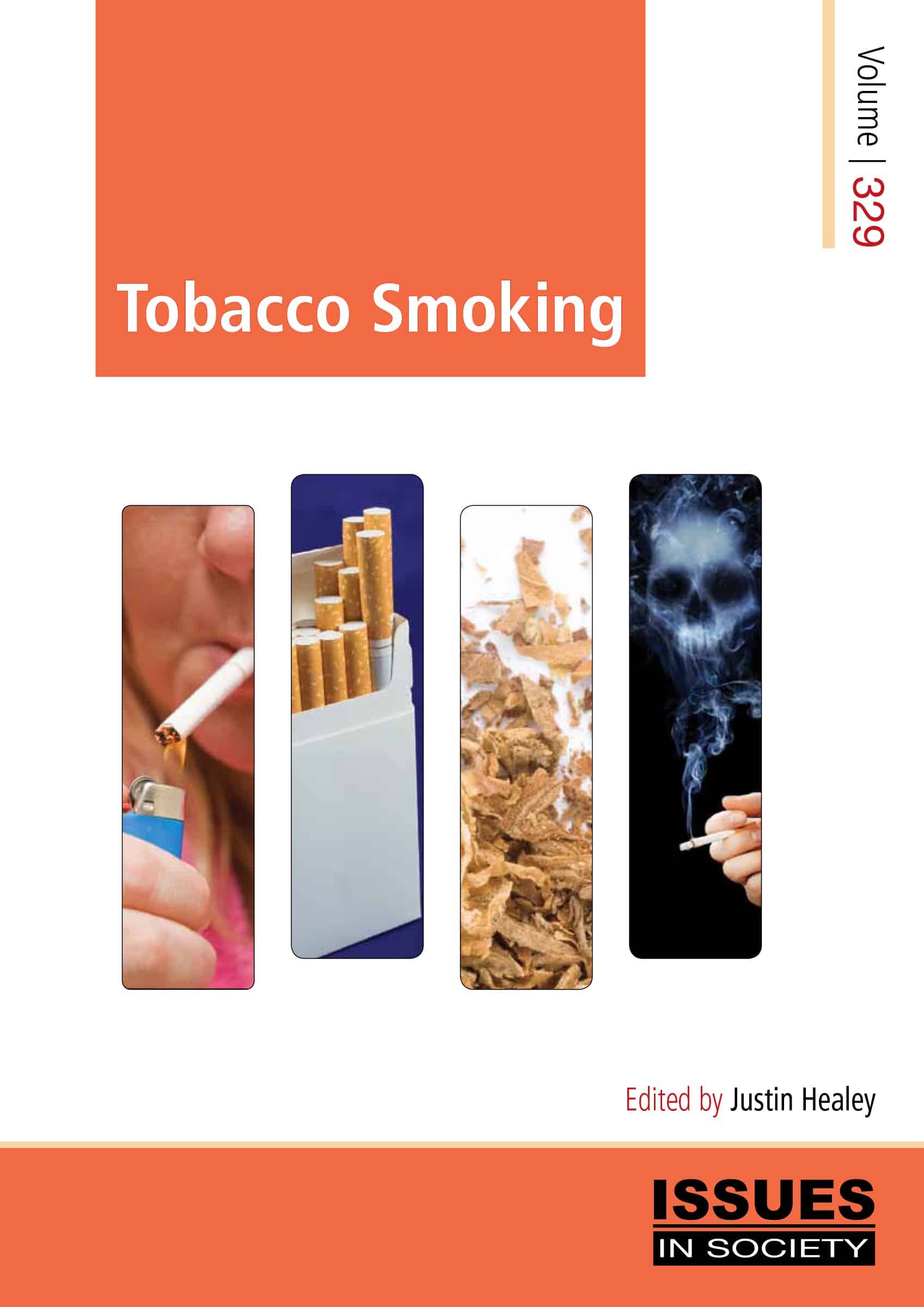Resource Key

LEVEL 1
brief, basic information laid out in an easy-to-read format. May use informal language. (Includes most news articles)

LEVEL 2
provides additional background information and further reading. Introduces some subject-specific language.

LEVEL 3
lengthy, detailed information. Frequently uses technical/subject-specific language. (Includes most analytical articles)
Linked Databases
-
World Book Encyclopedia This link opens in a new window
 Online version of the complete reference work along with dictionary, atlas, links, magazines, historical documents, audio, video, images, and 3D photograph
Online version of the complete reference work along with dictionary, atlas, links, magazines, historical documents, audio, video, images, and 3D photograph
-
Britannica Schools This link opens in a new window
 Britannica School covers the core subject areas of English, Maths, Science and History. Interactive lessons, activities, games, stories, worksheets, manipulatives, study guides and research tools.
Britannica School covers the core subject areas of English, Maths, Science and History. Interactive lessons, activities, games, stories, worksheets, manipulatives, study guides and research tools.
Introduction
Welcome to the research guide on Reproductive Health. This guide has been created to assist Year 11 students research a specific lifestyle choice and the impact it has on reproductive health.
Good sexual and reproductive health is a state of complete physical, mental and social well-being in all matters relating to the reproductive system. It implies that people are able to have a satisfying and safe sex life, the capability to reproduce, and the freedom to decide if, when, and how often to do so.
To maintain one’s sexual and reproductive health, people need access to accurate information and the safe, effective, affordable and acceptable contraception method of their choice. They must be informed and empowered to protect themselves from sexually transmitted infections. And when they decide to have children, women must have access to services that can help them have a fit pregnancy, safe delivery and healthy baby.
Reproductive Health
-
Australian Institute of Health and Welfare. (2016). Risk Factors. Retrieved from http://www.aihw.gov.au/child-health/risk-factors/
 Because childhood, including the prenatal period, is a time of rapid development, it is critical to reduce the factors that adversely affect the health of children. This website outlines factors which increase the risk of poor outcomes for children.
Because childhood, including the prenatal period, is a time of rapid development, it is critical to reduce the factors that adversely affect the health of children. This website outlines factors which increase the risk of poor outcomes for children.
Senior Library Books
-
 Tobacco Smoking
by
Call Number: 362. 296 099 4 TOBISBN: 9781921507502Publication Date: 2011Tobacco smoking kills up to half of its users and has a global annual death toll of more than five million people. It is the largest cause of preventable death in the western world. Around 3 million Australians are daily smokers, many of whom are socially disadvantaged. This title reveals the toxic contents of tobacco and the health effects of smoking (including passive smoking) on the body. The book also addresses a number of commonly held myths and misconceptions about the risks and impacts of smoking. A range of different quitting methods and products for overcoming nicotine addiction is also explored in detail. Another focus of this book is the role of government and legislation in controlling tobacco use and its marketing. Why do so many people continue to let their health go up in smoke?
Tobacco Smoking
by
Call Number: 362. 296 099 4 TOBISBN: 9781921507502Publication Date: 2011Tobacco smoking kills up to half of its users and has a global annual death toll of more than five million people. It is the largest cause of preventable death in the western world. Around 3 million Australians are daily smokers, many of whom are socially disadvantaged. This title reveals the toxic contents of tobacco and the health effects of smoking (including passive smoking) on the body. The book also addresses a number of commonly held myths and misconceptions about the risks and impacts of smoking. A range of different quitting methods and products for overcoming nicotine addiction is also explored in detail. Another focus of this book is the role of government and legislation in controlling tobacco use and its marketing. Why do so many people continue to let their health go up in smoke? -
 Managing Stress
by
Call Number: 155. 9 MANISBN: 9781920801953Publication Date: 2009-01-01We all experience stress; however, it is often difficult to recognise and control. A little stress is actually good for us, motivating us to explore new challenges and react to perceived threats with our innate 'fight or flight' response. Chronic stress, on the other hand, can play a role in many psychological and physiological ailments and cause serious harm. What exactly is stress, what is the difference between 'good' and 'bad' stress, and how does it affect our health and mental wellbeing? What are the best techniques for coping with pressure? This book explores the topic in three chapters: Understanding and Managing Stress; Work-Related Stress; and Study Stress.
Managing Stress
by
Call Number: 155. 9 MANISBN: 9781920801953Publication Date: 2009-01-01We all experience stress; however, it is often difficult to recognise and control. A little stress is actually good for us, motivating us to explore new challenges and react to perceived threats with our innate 'fight or flight' response. Chronic stress, on the other hand, can play a role in many psychological and physiological ailments and cause serious harm. What exactly is stress, what is the difference between 'good' and 'bad' stress, and how does it affect our health and mental wellbeing? What are the best techniques for coping with pressure? This book explores the topic in three chapters: Understanding and Managing Stress; Work-Related Stress; and Study Stress.

